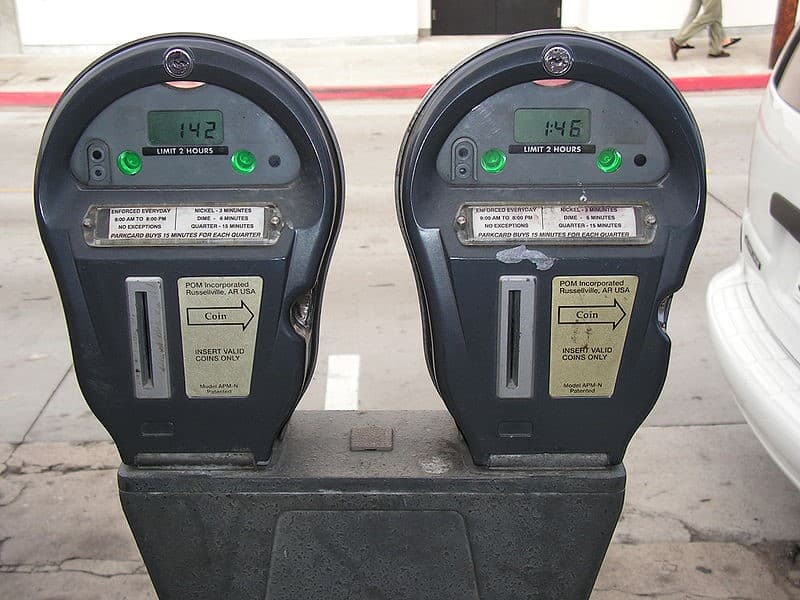The Federal Circuit has ruled that a person is a joint inventor of the anticipating parts of a prior reference when the person’s contributions to the anticipating parts are “significant” in relation to the invention as a whole.
In the case of Duncan Parking Techs. v. IPS Group, Inc., IPS sued Duncan for alleged infringement of two patents related to parking meter technology.
The founder of IPS (King) and its Chief Technical Officer (Schwarz) are both electronic engineers. King said he came up for the idea of a credit-card-enabled solar-powered parking meter in 2003. He consulted with Schwarz on the design and also hired an outside design firm.
One of the patents issued in 2013 based on a 2006 application that named King and Schwarz as joint inventors.
The later patent issued in 2010 from a 2008 application and named King and the outside design firm as inventors.
A district court found that Duncan’s parking meter didn’t infringe the patents.
Duncan also sought inter partes review of the patents under 35 U.S.C. 102(e).
Under 35 U.S.C. § 102(e), a patent is anticipated if
the invention was described in . . . a patent granted on an application for patent by another filed in the United States before the invention by the applicant for patent.
IPS argued that the relevant parts of the earlier patent were only King’s invention, and not that “of another.” Thus, IPS argued, the earlier patent couldn’t be used as prior art against the later patent.
Duncan argued that the earlier patent was prior art because Schwarz had conceived at least part of the relevant disclosure.
The Patent Trial and Appeals Board found that King was the sole inventor of the anticipating disclosure of the earlier patent.
The Federal Circuit reversed a district court’s finding that the later patent’s claims weren’t unpatentable as anticipated, holding:
The statute’s reference to ‘by another’ means that an application issued to the same inventive entity cannot qualify as § 102(e) prior art.
If Schwarz was a joint inventor of the anticipating disclosure, then the patent was “by another.”
To be a joint inventor, one must:
(1) contribute in some significant manner to the conception or reduction to practice of the invention,
(2) make a contribution to the claimed invention that is not insignificant in quality, when that contribution is measured against the dimension of the full invention, and
(3) do more than merely explain to the real inventor’s well-known concepts and/or the current state of the art.
Thus, said the Court,
to decide whether a reference patent is “by another” for the purposes of 35 U.S.C. § 102(e), the Board must
(1) determine what portions of the reference patent were relied on as prior art to anticipate the claim limitations at issue,
(2) evaluate the degree to which those portions were conceived “by another,” and
(3) decide whether that other person’s contribution is significant enough, when measured against the full anticipating disclosure, to render him a joint inventor of the applied portions of the reference patent.


